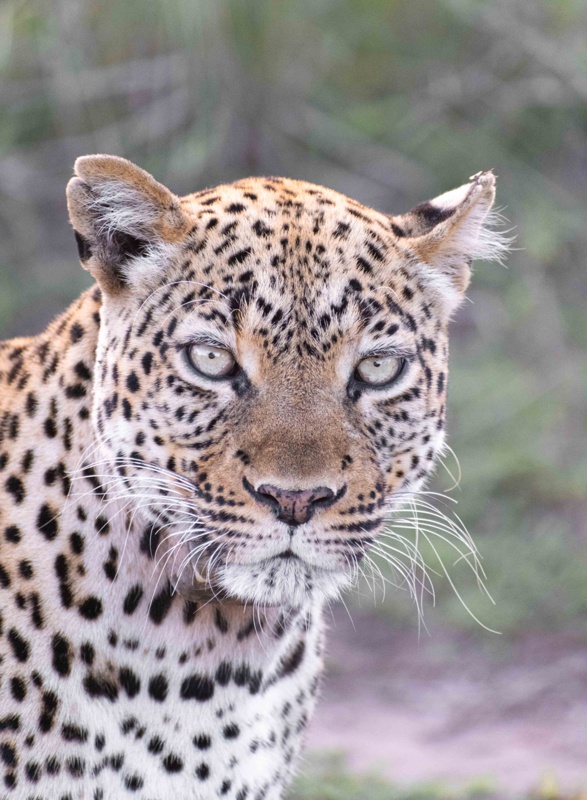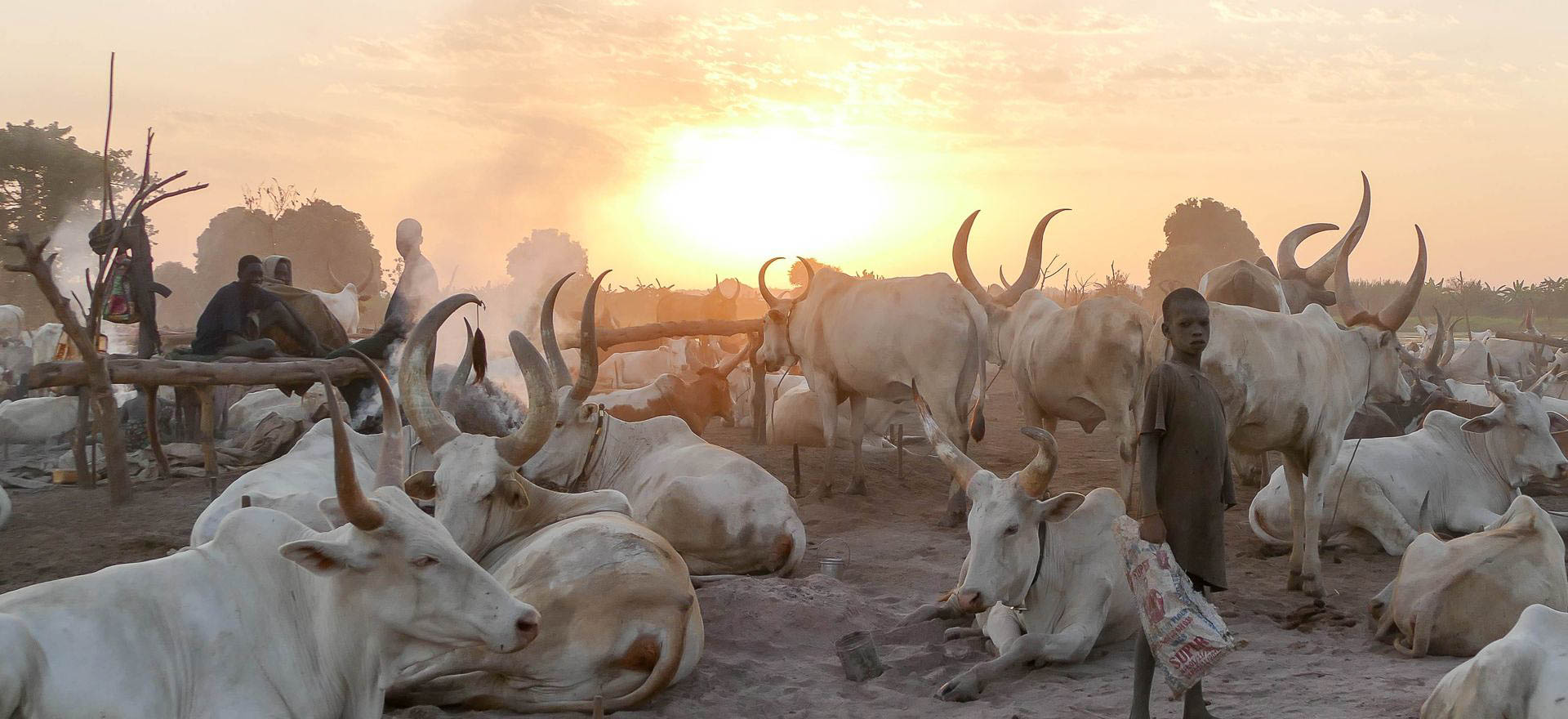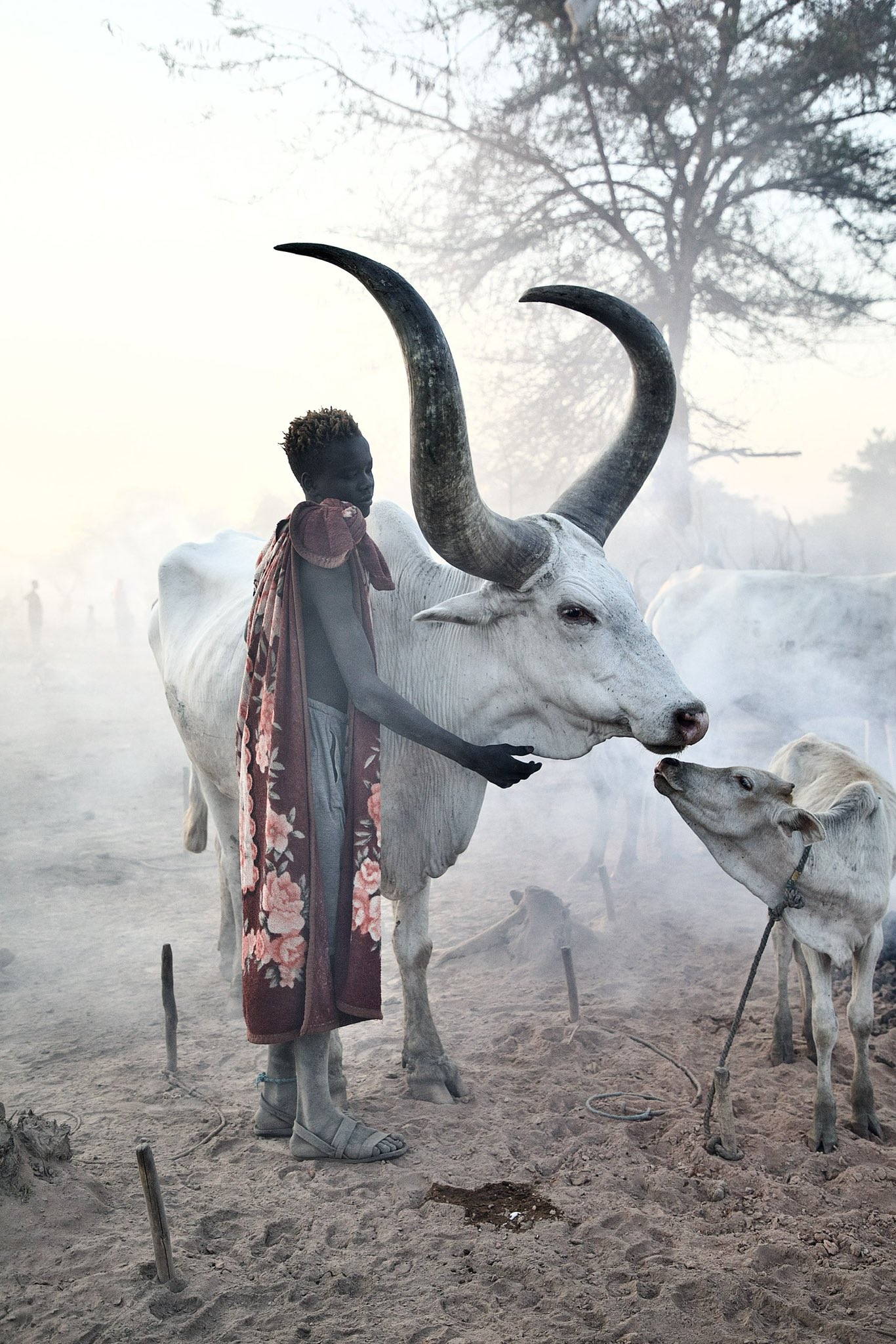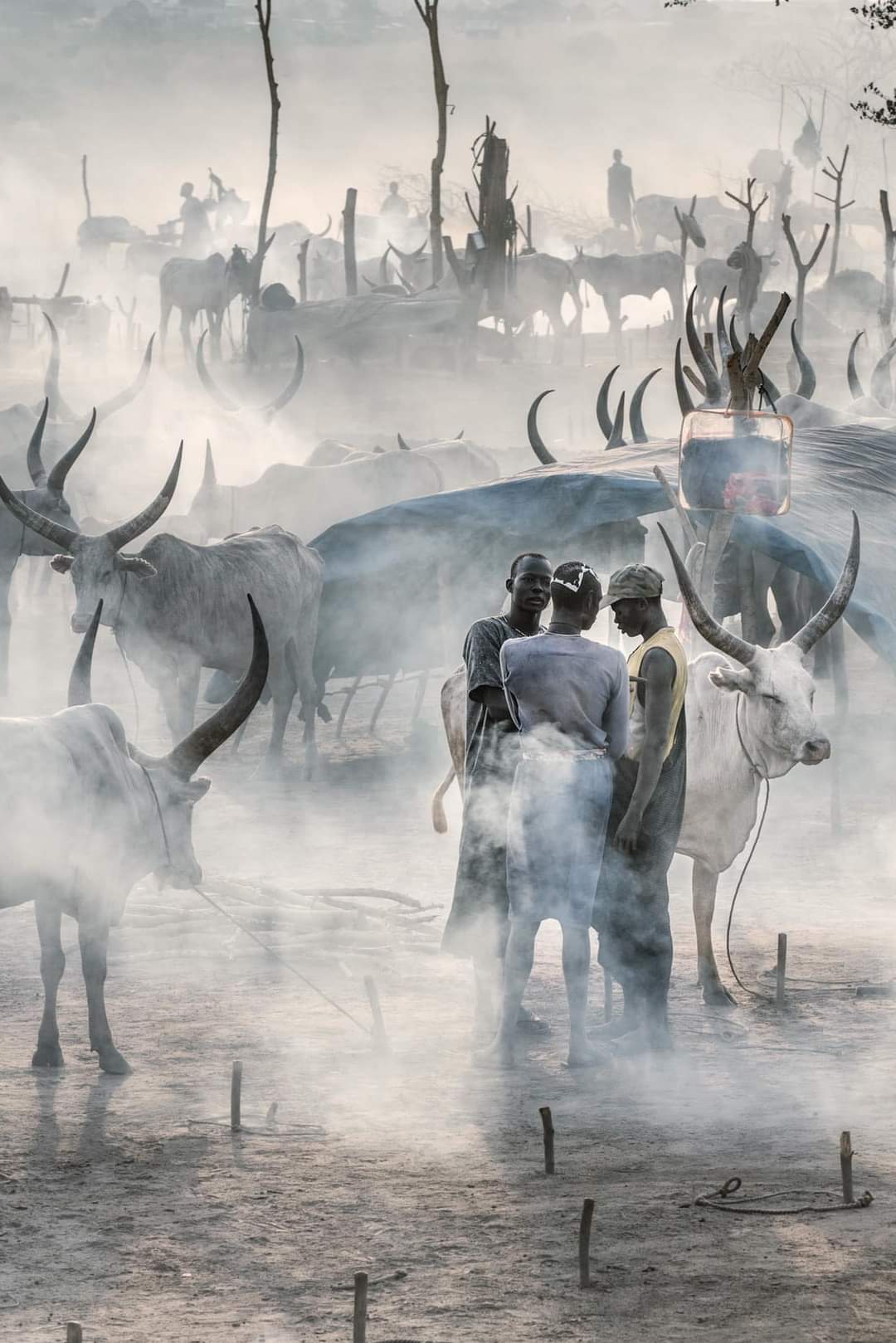Leopards
African leopards are most common of the large felines, living often closer to humans but are seen because of their secretive, solitary nature. Having a chance to view this creature is considered the best luck of the safari.
- Scientific name: Panthera Pardus
- Adult weight: 30-100kg
- IUCN status: Vulnerable
- Habitat: Savannah, forests, and mountains
Quick facts about the leopard
African Leopards are known to be excellent stalkers getting 5m closer to the intended prey before pouncing. They can keep their kill in trees to keep it from being poached by other predators like hyenas and lions. Leopards hunt using power and stealth and can easily be distinguished from cheetahs by their rosette-shaped spots, more powerful build, and preferred habitats such as rocks or woodlands. Leopards are not easy to spot because of high camouflage, but when given a keen observation by our experts then your day can be enlightened.


Where to see leopards in Africa
Leopards are widespread everywhere in most countries but are very hard to spot. Murchison falls national park In Uganda has more chances-80% and also parks like queen Elizabeth national park, Kidepo valley national park, Masai mara has 75%, Serengeti has 75%, Samburu has 45%, South African parks 75%.
Top tips for viewing leopards
- Like any other feline, the leopard is typically nocturnal but usually visits similar areas for some time. It can be seen during the day in the trees or anywhere by chance. Night drives create high chances and waking up early is also a key factor. Leopards are gentle animals and prefer living a solitary life at a certain age, they can be seen as a family while mating or when still young and groomed by the mother and this brings more hope in seeing these creatures.
Holiday ideas to see leopards
Its an adventure like no other, basing on our experience we bring you to see these mighty creatures




